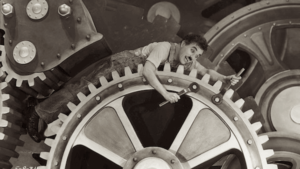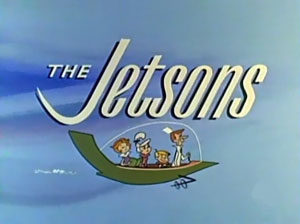Cat Got Your Tongue?

Dashingly Superstitious
I love researching the historical underpinnings of superstitions.
Take spilling salt, for example. A common superstition says that if you spill salt, you need to throw a little bit over your shoulder. This isn't actually the whole story, though.
You're supposed to throw it over your left shoulder (into the eye of the devil lurking over it) without touching the thrown salt with your thumb or index finger.
The superstition has a few possible origins. Some claim that Judas spilled salt at the last supper. Da Vinci actually painted Judas spilling salt in “The Last Supper.” Others think it came from the fact that salt was extremely expensive in the Middle Ages. That one seems rather reasonable to me, except that then throwing it over your shoulder as a cure for the bad luck doesn't make a ton of sense.
Another superstition says that you should hold your breath when passing a cemetery. If you don't, a spirit might fly into you. I'm actually going to argue that this one doesn't make sense anymore. In the Middle Ages, graveyards were dank, miserable places. Graves were cramped, placed close together, and often shared. Burials were often shallow, so bones would stick out. The gravestones were decorated with grim and gloomy reminders of eternal suffering. They were dank, awful places—both by design (to compel people to the Church) and by poor urban planning (cities tended to be cramped and without green space).
In the 1800s, this began to change. People began to have a very different view of humanity: rather than being doomed, sinful creatures, we instead began romanticizing humanity, and began considering it naturally good.
Graveyards became cemeteries. The word cemetery comes from the Greek koimeterion, meaning “place of rest.” We started honoring our dead, placing them more widely apart, and giving them beautiful, well-tended green space. In fact, the first cemeteries built this way were such popular tourist attractions that they began inspiring American cities to begin building parks and having more green spaces in the city.
So why doesn't that superstition apply anymore? Well, it would make perfect sense that spirits would want to leave a dank, miserable graveyard. A cemetery, though? Sounds to me like a pretty nice place to rest once you're gone.




